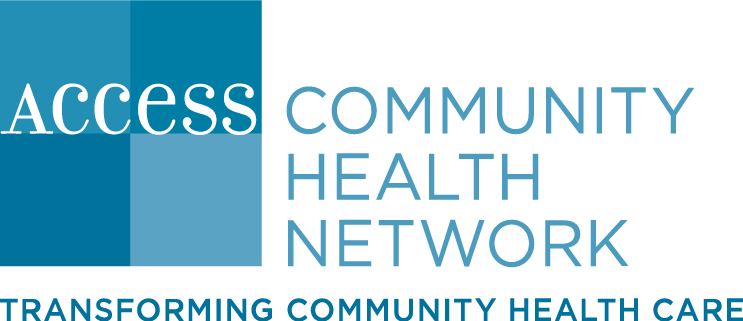Cervical Cancer Prevention
What is cervical cancer?
Cervical cancer occurs when the normal cells that line the cervix gradually begin to change – turning into pre-cancerous cells. Since cervical cancer often does not exhibit signs in the early stages, these pre-cancerous cells can turn into cancer rapidly if untreated or undiagnosed.
Cervical cancer was once one of the most common causes of cancer death for American women, but the good news is that the cervical cancer death rate dropped significantly with the increased use of the Pap test.
Where is the cervix located and what does it do?
The cervix connects the uterus and the birth canal, and it plays a crucial role in healthy functioning of the reproductive system for menstruation, pregnancy and childbirth.
What are some risk factors for cervical cancer?
According to the American Cancer Society, common risk factors for cervical cancer include:
- Human papillomavirus (HPV) infection
- Sexual and STD History
- Smoking
- Having a weakened immune system
- Long-term use of oral contraceptives (birth control pills)
- Having multiple full-term pregnancies
What is human papilloma virus (HPV)?
One of the largest risk factors for cervical cancer is the human papilloma virus (HPV). HPV can cause cancers of the cervix, vagina and vulva in women; cancers of the penis in men; and cancers of the anus and back of the throat, including the tongue and tonsils, in both women and men. Some other HPV strains can also cause genital warts.
HPV is a very common virus and is preventable with vaccination and regular screenings which can detect abnormal cervical cells before they turn cancerous. Nearly 79 million people—about one in four—are currently infected in the United States and 80 percent of sexually active adults are estimated to have HPV at some point in their lives. While many of those cases clear up naturally, the risk of HPV developing into cancer is a risk.
How can I take measures to prevent myself from getting cervical cancer?
- Annual check-ups.
- The Pap test a procedure used to collect cells from the cervix so that they can be looked at closely in the lab to find cancer and pre-cancer.
- A HPV test looks for infection by high-risk types of HPV that are more likely to cause pre-cancers and cancers of the cervix.
- Talk to your health care provider about your screening test results to fully understand your risk of developing cervical cancer and next steps.
- Get an HPV vaccine.
- Boys and girls should receive the HPV vaccine between the ages of 9 and 12. If teen and young adult patients didn’t get vaccinated as pre-teens, they can still protect themselves and receive the HPV vaccine up to age 26.
- Use a condom to prevent HPV infection.
- Choose a smoke-free lifestyle.
How We Can Help
The Illinois Breast and Cervical Cancer Program (IBCCP) offers uninsured Illinois women (19-64 years old) with free or low-cost breast and cervical cancer screenings. The program is available at all ACCESS locations and our dedicated care teams are here to help you enroll. If the results show a breast or cervical cancer diagnosis, ACCESS’ care team can help eligible patients enroll for benefits and treatment.
As of February 28, 2023
